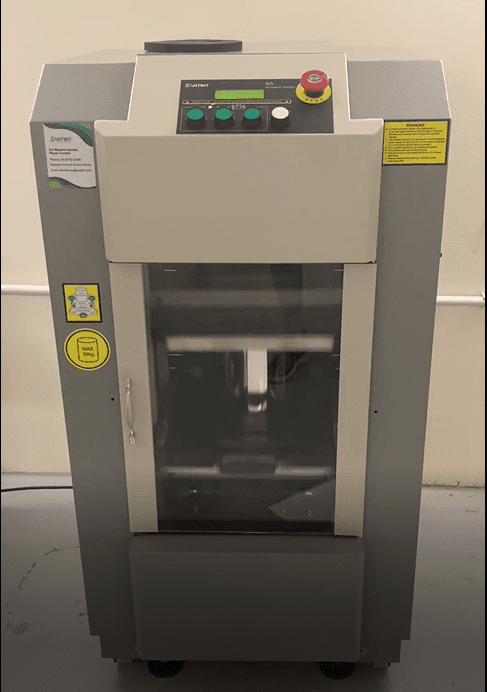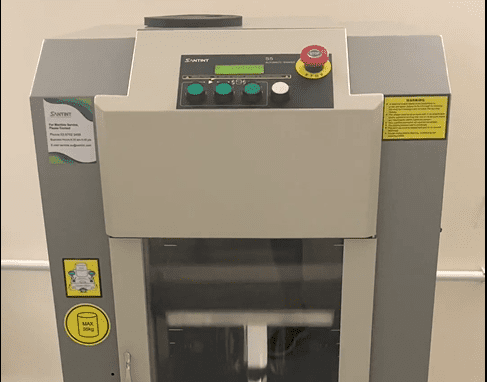The most established method for detecting Phytophthora pathogens in soil, called “soil baiting”, is a complicated process.
For Alana Thurston, a MSc candidate supervised by Prof Amanda Black at Lincoln University, this equipment was essential for exploring methods to improve the detection of Phytophthora agathidicida (the pathogen that causes kauri dieback) in soil samples.
“Improved detection would mean better management strategies,” says Alana. “As an example, it would allow for the prioritization of treatments in areas where the pathogen is present but the trees aren’t yet symptomatic.”
“First you take a whole bunch of soil from the field,” says Alana. “Then you prepare that soil so it has ideal conditions for the pathogen to produce infectious spores.” Since Phytophthora pathogens produce mobile, swimming spores, soils are then flooded with water and susceptible plants are floated on the surface. “This way the plant doesn’t get infected by all the other miscellaneous pathogens that are soil bound.”

If the plant becomes infected, researchers can verify that the infection is caused by the pathogen of interest by examining the infection under a microscope and/or extracting DNA from the infected material.
Between preparing the soil and waiting for plants to become infected, the process can take weeks.
“When we have this pressing disease and we want to screen a bunch of soils, a labour-intensive and time-intensive method is clearly not the best.”
More recent methods allow Phytophthora DNA to be extracted directly from the soil. One method developed specifically for P. agathidicida involves placing 100 grams of soil in a bottle with extraction buffers and solutions – and steel ball bearings. The bottle is shaken by hand for five minutes, bursting open the cells of the microbes in the soil and releasing their DNA. The DNA can then be isolated, purified, and sequenced to see if the pathogen in present.
While it’s a faster method – it takes 2 to 3 days – there are some noted issues. First of all, the steel ball bearings can break the bottle, causing sample loss and contamination.
“When you’re working with classified organism like P. agathidicida, you don’t want samples containing the pathogen contaminating your lab space.”
Also, the shaking intensity will vary from sample to sample.
“I don’t do ‘arm day’ very often and my capacity to shake something consistently for 5 minutes is pretty low,” says Alana. “Also, if I’m processing 20 samples in a row, the shaking intensity is going to be wildly different between the first and the last sample I process.”
Alana wanted standardise the shaking effort and find replacements for the destructive ball bearing. So she used NRT funding to buy a commercial paint shaker and glass beads.
“The paint shaker can do 600 reps per minute,” says Alana. “I was only able to shake a bottle about 200 times in 5 minutes on a good day.”
She found that by using the commercial paint shaker, she was able to increase the amount of DNA extracted per sample. And the smaller, less destructive, reusable glass beads solved the “sample loss due to breakage” problem.
We look forward to seeing how this method will be applied and seeing more innovative ideas from Alana in the future. She starts her PhD in February looking at soil health and resiliency, specifically how land use practices have impacted the ability of soils to respond to change. We’re sure she’ll make some amazing contributions to the field.
